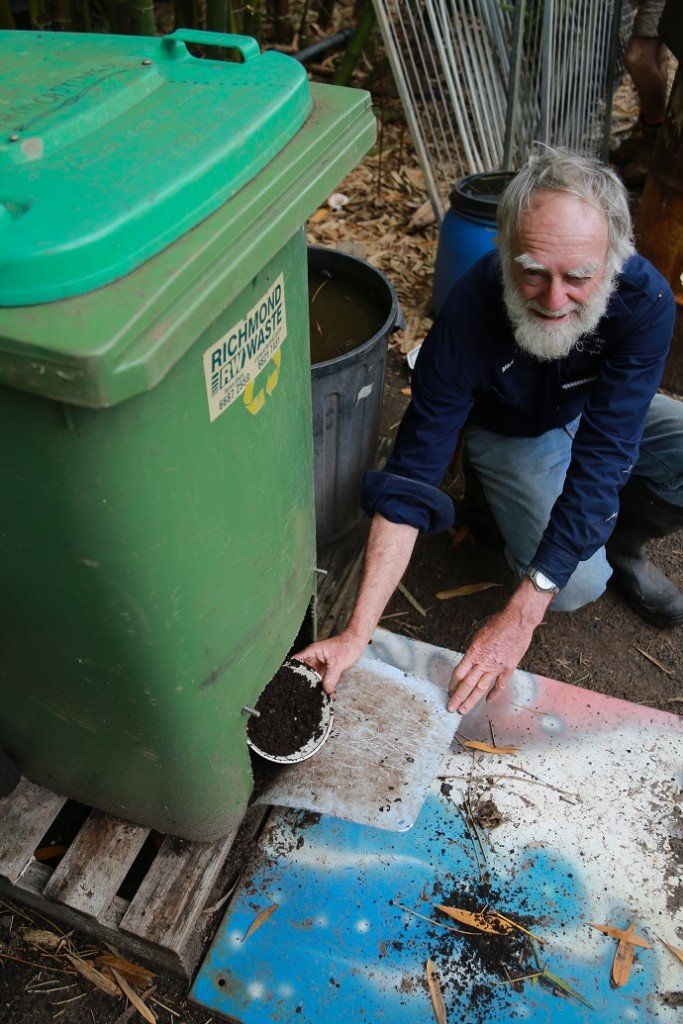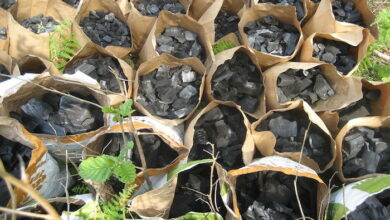
Worm farming cool, dark and wholesome
The importance of worms was recognised C. Darwin, author of Origins of species, in his last book, in which he considered that worms are nature’s ploughman. Worms, their associated organisms and by their behaviour play, are an essential part of soil formation and continued fertility. The lack of worms in the soil is an indication of a soil lacking fertilely and health.
This situation became very clear to me during my years in Lesotho. A small mountainous country in southern Africa, having the unfortunately condition of having the worst examples of soil erosion in southern Africa. This was noted in the 1800s with no improvements in recent times. It has been some sixty years since the country has been able to feed itself. So what to do?
https://www.youtube.com/watch?v=LH439E6nfXo
which you can find out more about here.
Increase the organic matter in the soil is the first essential action.
The challenge of this situation is compounded by the people regarding worms as small snakes and therefore potentially dangerous. Education of the benefits of worms to the soil and the farmer is need.
After much-protracted thought, paper and pen, I designed a worm farm system with low inputs and multi products. The process of the permaculture design worm farm starts with a list of worm needs, functions and products.
Worm – Manure, oxygen, water, darkness/coolness – Container
Function – Recycle Manure
Products – Worm juice – Worm castings
Meeting Worm Farm needs
The continuer
I have built the worm farm container from cement brick and have reused bath tubs. Refer attached photos.
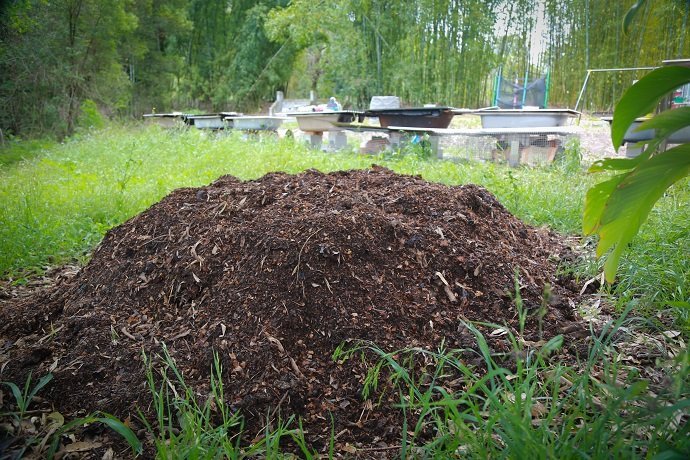
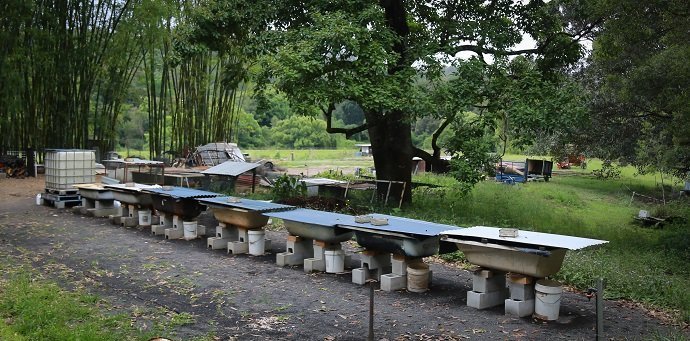
The bath worm farm model has an air supply via a slotted agricultural drainage pipe along the bottom of the bath with the top end exposed to the air above the bath. A blanket of weed mat is place on top of the filled bath with the sotted Agi pipe extended through it. A weather proof cover is placed over the worm farm bath.

Operation of the worm farm
A layer of worm rich manure is put in the bottom of the container. Then the manure is mixed with a buffer of dry organic matter such as sawdust, shredded leaves, tree bark is added up to the top of bath. The worm bath material is given a though watering and covered with weed mat and weather proof cover. Leaving an air space between the surface of the material and the cover.

Water is applied to the worm farm bath and collected into buckets placed under the bath bottom outlet. This worm juice is the worm casting dissolved in water.

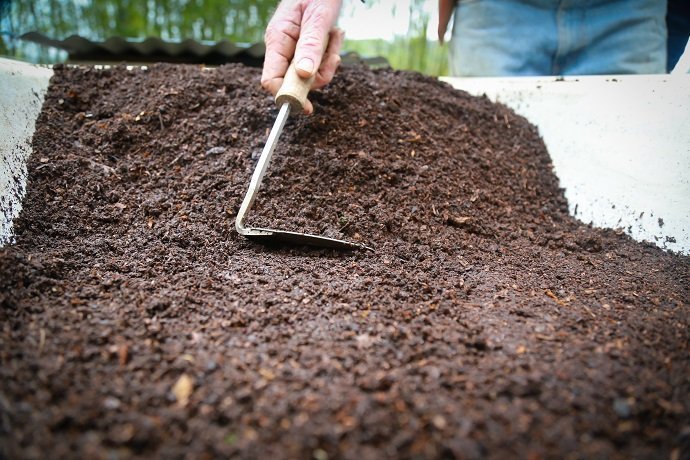
Additional organic liquids can be place in the worm juice such as fish, and sea weed extracts.
These additions ensure that a high diversity of plant food nutrients can be found in the worm juice. When adding this worm juice to garden plants is usually mix with water.
The worm free castings are harvested by making a hill of a thin scraping to one end of the bath. This is exposed to sun light for a short time with the worms avoiding the castings.
Then the weed free worm castings hill is collected and used in gardens and plant nurseries.
The bottom part of the bath, the worm bed remains. This single unit worm farm can be extend into a worm farm train. At Zaytuna Farm we have eight unit worm farm train.
Worm farming – can it be part of permaculture designed eco system? Do hens lay eggs?

